Private FM players see no major gains out of airing All India Radio News
There have been mixed radio industry reactions to the Ministry of Information & Broadcasting’s (MIB) decision to allow private FM channels to carry All India Radio News. While some have called it a good step made by the government in the right direction, others find the clauses put to be restrictive.
As is known, private FM Radio broadcasters would be permitted to broadcast All India Radio (AIR) News bulletins, in English/ Hindi as per list of bulletins given in News Schedule, subject to certain terms and conditions. This will be done free of cost on trial basis initially till May 31, 2019.
Any private FM broadcaster which intends to broadcast the news bulletins will first have to register with the News Services Division of AIR. The AIR News bulletins shall have to be carried in toto, in an unaltered form. The commercials which are broadcast during news bulletins shall also have to be carried along with the news in toto. Private FM broadcasters will have to give due credit to AIR for sourcing their news. The private FM broadcasters will have to carry AIR News bulletins either simultaneously or deferred live by not more than 30 minutes. In case of deferred live, an announcement should precede that it is a deferred live broadcast. Broadcast of AIR News by any FM Radio Channel can be done only after accepting the terms and conditions.
Anurradha Prasad, President, Association of Radio Operators of India, has thanked the Government for accepting the long standing demand of private radio broadcasters to present news on their platform.
Asheesh Chatterjee, CFO, Reliance Broadcast Network (Big FM), too, felt it was a good step made by the Government in the right direction. He said, “AIR is a very old radio platform that pioneered news. With this move, there will now be equality of news and authenticity of news. It will lend credibility to the FM platform as it also becomes a platform of sharing verified probations. In today’s day and age, it has become a very important component because of the fake news floating around.”
Chatterjee further noted, “Digital is already going through those things and even television so to speak is more opinionated than news as of now. AIR news on FM radio can now become an integration with the sound and stationality.”
On the contrary, Vineet Singh Hukmani, MD & CEO, Radio One, remarked, “There is a larger issue of whether this is really an opportunity or still a restriction. This is the dilemma faced by the industry. While the industry has waited for 15 years to be able to operate news independently and the Phase 3 license is committed to allowing airing of AIR News, the commercial logic of this ‘shared untouched broadcast’ is still very restrictive and not viable for private FM players, who will need to devote scarce inventory for the same.”
Hukmani further said, “With the elections around the corner, it may be in the Government’s interest to make this more commercially viable for the players.”
Prashant Panday, MD & CEO, Entertainment Network India Ltd (Radio Mirchi), too, felt that it was a “quarter-hearted effort” by the Government. He added, “If the Government was serious about allowing news, it should have allowed news to be sourced from any credible source – our own print/ TV bureaux, wire agencies, etc. By telling us to rebroadcast AIR News only means that we will be amplifying AIR’s views. This is unacceptable.”
Chatterjee felt that it was an overkill that news from other sources was still restricted on private FM radio. He pointed out that there had been no restrictions on news on the internet or newspapers or television. “I don’t think monitoring of 300 terrestrial channels is going to be so humongous that it will need a separate law or could be a huge problem in today’s internet connectivity. We will, of course, exclude news on sensitive issues or pertaining to national security. Having said that, I think this could be a good step in the right direction,” Chatterjee added.
Meanwhile, Panday hoped that this move by the Government was a precursor to allowing private FM radio to have their own news bulletins. At the same time he added, “But so far, we have not heard anything about the future.”
AIR has multiple news capsules to broadcast (around 1,500 capsules) and an hourly 5-minute capsule. The entire capsule cannot be edited, which, Panday felt, was the biggest drawback of this plan. If AIR has embedded advertising, the FM broadcasters will have to carry that ad. “I am sure we can slap on our own advertising if we want to. That’s allowed,” Panday said.
After carrying the news capsules plus the ads, along with the FM channel’s own ad commitments, only 40-45 minutes will be available for airing content per hour of programming, pointed out Chatterjee.
FM broadcasters don’t see the airing of AIR News on private FM giving any significant boost to listenership or increasing their penetration in the country. According to Chatterjee, private FM radio has been increasing its reach to almost 99 per cent of India’s population, broadcasting via 600 transmitters. “There are advertisers who have their unique set of listeners,” he added.
Panday emphatically stated, “Airing of AIR News doesn’t help private broadcasters at all. But it helps AIR tremendously, because if all private broadcasters air these news capsules, the coverage of news increases at least 7-10 fold. Today, private broadcasters are 7-10 times bigger than AIR in the metros and 3-5 times bigger in the smaller markets.”




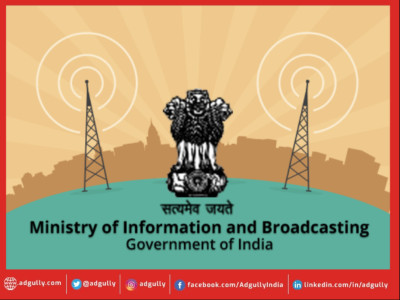
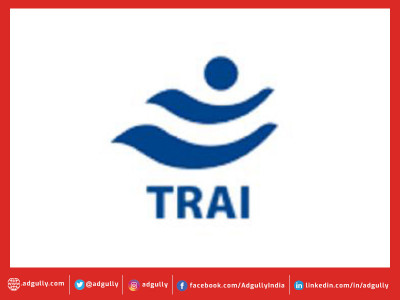
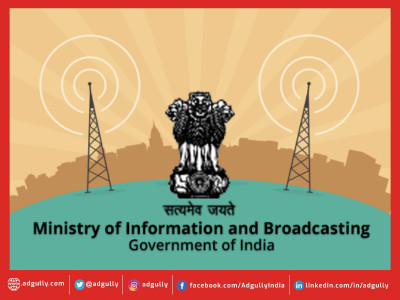
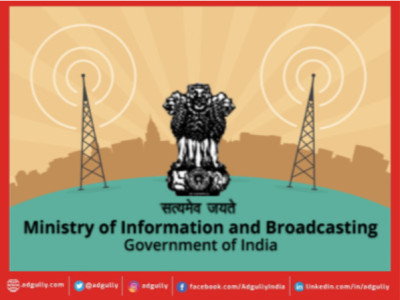
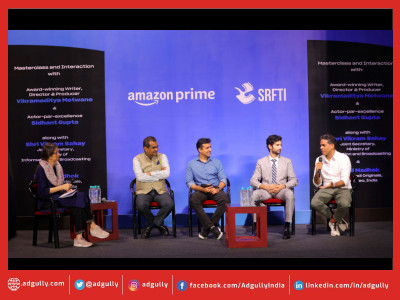

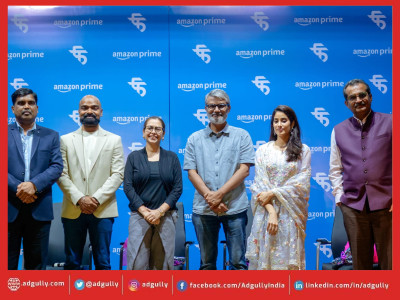
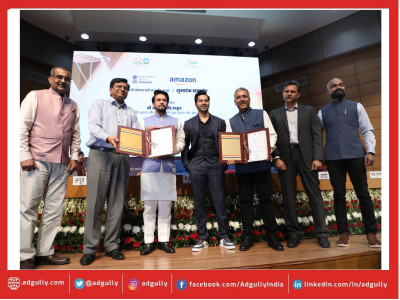


Share
Facebook
YouTube
Tweet
Twitter
LinkedIn